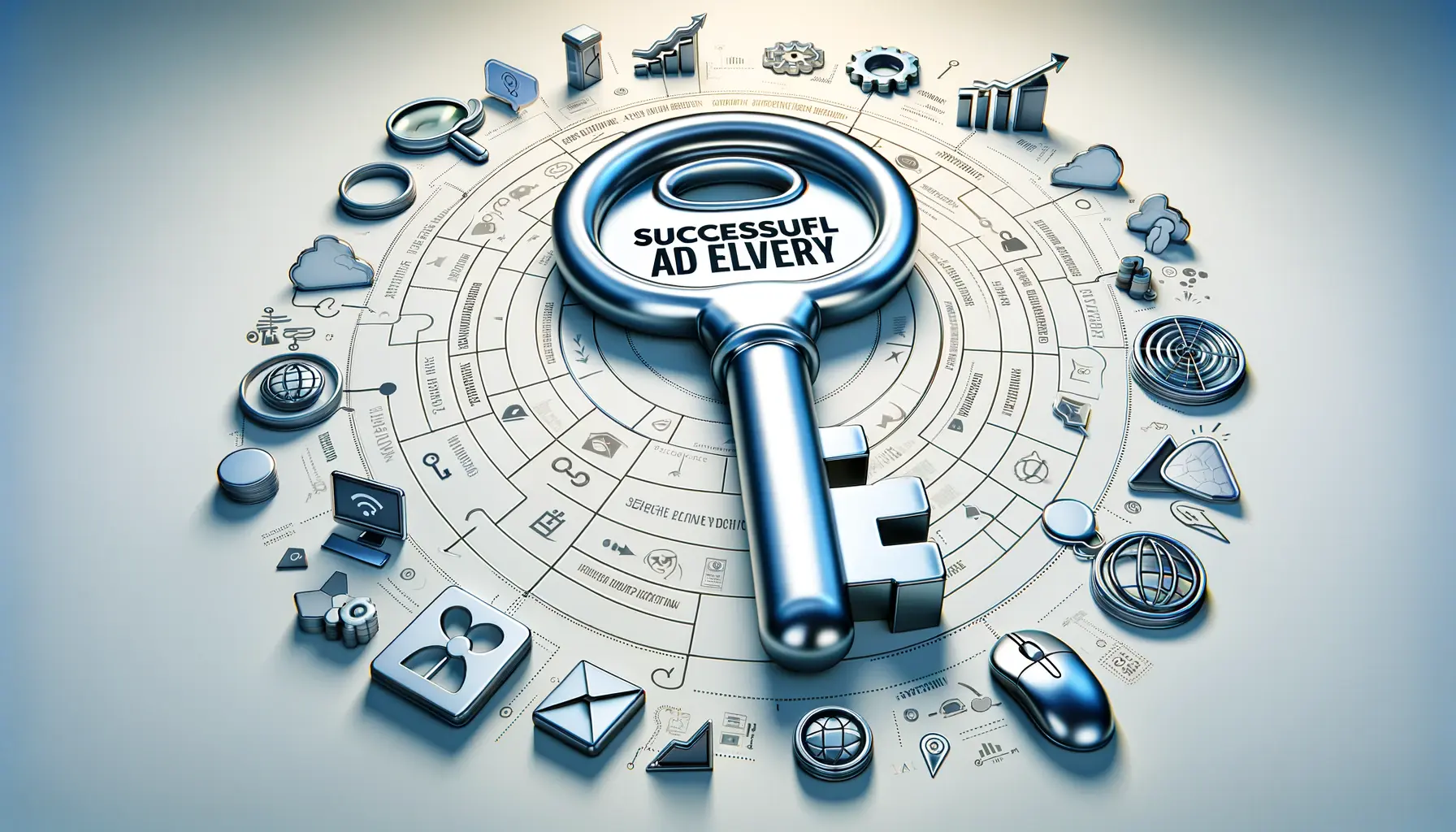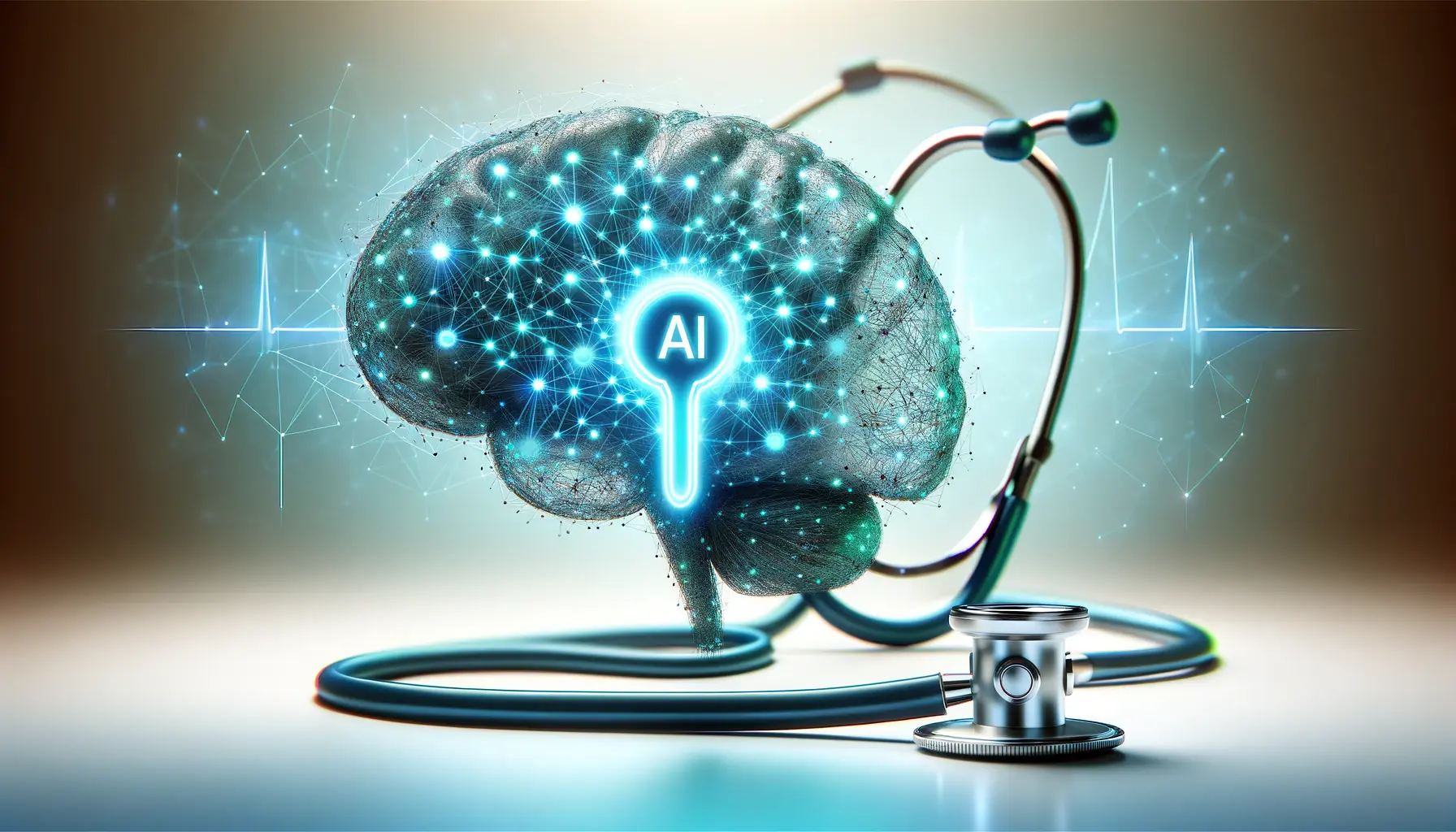Imagine going through your Instagram timeline when you see one of your friends post a new gadget they just purchased.
Intrigued by their actual excitement and positive experience, you also begin to think about the same product.
Such an experience is indicative of the effectiveness of user-generated content (UGC) on Instagram, whereby ordinary users act as authentic brand ambassadors, convincing their friends to purchase the product.
- Understanding User-Generated Content (UGC) on Instagram
- Benefits of Employing User-Generated Content in Instagram Ads
- Strategies for Encouraging User-Generated Content on Instagram
- Best Practices for Leveraging User-Generated Content in Instagram Ads
- Measuring the Success of User-Generated Content in Instagram Advertising
- The Power of User-Generated Content in Instagram Advertising
- Frequently Asked Questions About User-Generated Content in Instagram Ads
Understanding User-Generated Content (UGC) on Instagram
In today’s digital age, user-generated content is a cornerstone of effective marketing campaigns, especially on social media platforms like Instagram.
But what is UGC, and why is it significant?
Definition and Importance of UGC
User-generated content is any form of content—be it images, videos, reviews, or testimonials—created and posted by users themselves, not by brands.
On Instagram, this means users sharing content that features or references a brand’s product or service.
The authenticity of UGC makes it highly attractive to audiences because it is perceived as a genuine endorsement from real people.
This makes it an incredibly effective tool for building trust and credibility.
Types of UGC: Photos, Videos, Stories
User-generated content on Instagram takes various forms:
- Photos: Individuals sharing images of themselves with a product or using a service.
- Videos: Short clips or reels featuring product usage, unboxing experiences, or personal reviews.
- Stories: Temporarily posted content showcasing live experiences, often tagged with the brand’s handle or specific hashtags.
Each format provides unique opportunities for brands to engage with their audience and promote organic contentContent that is naturally created and shared by users rather than paid or promoted by brands..
How UGC Differs from Influencer Content
Although influencer content and user-generated content both involve individuals endorsing a brand, there is a clear distinction.
Influencer content is typically created by individuals with a large following who collaborate with brands in exchange for compensation.
On the other hand, user-generated content is created independently by users without any contractual obligation, stemming from genuine satisfaction or enthusiasm for the product or service.
This organic nature of UGC often results in greater trust and credibility among peers.
Legal Considerations: Copyright and Permissions
When leveraging user-generated content, brands must carefully navigate legal considerations:
- Copyright: The content creator retains copyright ownership. Brands must obtain explicit permission before reposting or using the content in their marketing materials.
- Permissions: Beyond copyright, it is both courteous and legally advisable to seek user consent, ensuring they are comfortable with their content being shared on the brand’s platform.
By following these guidelines, brands can develop strong relationships with their audience and uphold ethical advertising practices while effectively utilizing user-generated content in their Instagram marketing strategies.
User-generated content (UGC) transforms ordinary social media users into brand advocates, making marketing campaigns more authentic and engaging.
Benefits of Employing User-Generated Content in Instagram Ads
The incorporation of user-generated content (UGC) into your Instagram ad campaign can yield numerous advantages that enhance your brand’s authenticity and trust on the platform.
Enhancing Brand Authenticity and Trust
User-generated content serves as authentic recommendations from actual users, making your brand more relatable and credible.
When prospects view content created by fellow users, they are more likely to believe in your brand and feel secure in their buying decisions.
In fact, 72% of customers trust peer reviewsEvaluations of products or services made by individuals with firsthand experience, often shared online. and customer testimonials over conventional advertising messages.
Boosting Engagement and Reach
User-generated content resonates more with audiences, leading to higher interaction.
UGC advertising appears more natural and relatable, making it more effective.
Additionally, incorporating UGC encourages users to interact with your company, fostering a sense of community and increasing content visibility.
Cost-Effectiveness Compared to Traditional Advertising
Utilizing user-generated content can significantly lower content production expenses.
Rather than spending extensively on professional photoshoots or video shoots, brands can curate high-quality content from their users.
This approach not only conserves resources but also offers a diverse range of content that appeals to various audience segments.
Impact on Purchase Decisions and Conversions
User-generated content has a strong influence on consumer behavior.
When potential consumers see others sharing positive experiences about a product or service, it reinforces their trust in the brand.
Research indicates that UGC-driven advertising can lead to:
- A 400% increase in click-through rates.
- An 8.5% increase in conversion rates for visitors exposed to UGC.
- A 100.6% increase in conversions when users interact with UGC.
Including user-generated content in your Instagram ad campaign not only enhances credibility and legitimacy but also influences purchasing behavior, reduces advertising costs, and maximizes engagement.
This makes it a highly effective marketing tool in today’s digital world.
Studies show that Instagram ads incorporating UGC result in higher engagement rates, increased trust, and improved conversions compared to traditional brand advertisements.
Strategies for Encouraging User-Generated Content on Instagram
Including user-generated content (UGC) as part of your Instagram marketing strategy not only promotes community building but also establishes brand credibility.
Below are intelligent strategies to encourage your followers to create and share UGC.
Developing Branded Hashtags
Creating a unique and memorable branded hashtag is an effective way to encourage user-generated content.
Encourage followers to use this hashtag when posting content related to your services or products.
This not only helps in content consolidation but also increases brand awareness.
A well-crafted hashtag can represent a new product or campaign, making it easy for users to participate and share their experiences.
Running Contests and Challenges
Hosting contests or challenges motivates users to create content featuring your brand.
By offering incentives such as discounts, freebies, or recognition, you can drive participation.
For example, organizing a photo contest where customers showcase creative ways to use your product can generate a wealth of authentic user-generated content.
Collaborating with Micro-Influencers
Partnering with micro-influencersSocial media users with a relatively small but highly engaged audience, often specializing in a niche.—individuals with a smaller but highly engaged following—can expand your audience reach.
These influencers tend to have a close relationship with their followers, making their recommendations feel more personal and credible.
Such collaborations can include product reviews, tutorials, or lifestyle posts where the brand is seamlessly integrated into the content.
Featuring Customers in Brand Stories
Sharing customer content on your brand’s Instagram Stories or feed is a great way to show appreciation and build community.
When users see their content being recognized by your brand, it creates a sense of belonging and encourages others to share their own experiences.
This approach not only provides fresh content but also strengthens customer loyalty.
By implementing these strategies, you can successfully encourage the creation of user-generated content, strengthening your Instagram presence and fostering an active brand community.
Encouraging users to create UGC through branded hashtags, contests, and micro-influencer collaborations can significantly enhance audience engagement and organic content generation.
Best Practices for Leveraging User-Generated Content in Instagram Ads
Incorporating user-generated content (UGC) in your Instagram advertising campaign can significantly enhance authenticity and engagement.
To benefit from UGC, follow these best practices:
Curate and Showcase High-Quality UGC on Your Profile
Curating and posting high-quality user-generated content on your Instagram profile not only strengthens your brand’s presence but also fosters community engagement.
Ensure that the content aligns with your brand’s aesthetics and values.
Showcasing well-curated UGC reflects your appreciation for your customers and motivates others to contribute their own content.
Integrate UGC into Instagram Ads
Adding user-generated content to your Instagram advertisements enhances credibility and relatability.
Authentic content resonates with consumers and leads to improved interactions.
For example, featuring customer testimonials or real-life product usage in your promotions can make your ads more persuasive and effective.
Ensure Content Quality and Relevance
While UGC is valuable, maintaining content quality and relevance is essential.
Implement a vetting processA systematic evaluation to ensure quality, accuracy, or suitability of content before publication. to ensure that shared content aligns with your brand’s standards and effectively communicates your message.
This helps provide your audience with consistent, high-value, and engaging content.
Give Proper Credit to Content Creators
Always acknowledge and credit the original creators when sharing user-generated content.
Tagging users in your posts or mentioning their contributions in captions not only gives them well-deserved recognition but also strengthens your relationship with your community.
This fosters goodwill and encourages more users to share content related to your brand.
By following these best practices, you can effectively leverage user-generated content to enhance your Instagram advertising strategy, fostering a more engaged and authentic audience for your brand.
When utilizing UGC, always obtain permission from the content creator and credit them properly to maintain trust and avoid legal issues.
Measuring the Success of User-Generated Content in Instagram Advertising
It is essential to measure the success of your user-generated content (UGC) within your Instagram advertising campaigns so that you can analyze its impact and optimize future strategies.
Key performance indicators (KPIs) provide measurable feedback on the effectiveness of your UGC campaigns.
Below are the key metrics to track:
1. Reach and Impressions
Begin by assessing how far your user-generated content is spreading:
- Reach: The number of unique users who saw your UGC posts.
- Impressions: The total number of times your UGC content has been displayed, regardless of user overlap.
Monitoring these metrics helps determine the scope of your content’s visibility.
Higher reach and impressions indicate that your UGC is effectively capturing audience attention.
2. Engagement Metrics
Measure how your audience interacts with your user-generated content by tracking:
- Likes: The number of users that have liked your content.
- Comments: The quantity and quality of user responses on your posts.
- Shares: How often users share your content with others.
- Saves: The number of times users save your posts for future reference.
A high engagement rate indicates that your UGC resonates with your audience, fostering community and trust around your brand.
3. Conversion Metrics
Track the direct business outcomes of your UGC campaigns by analyzing:
- Click-Through Rate (CTR): The percentage of users who click on links within your UGC posts.
- Conversion Rate: The proportion of users who completed a desired action (e.g., making a purchase) after engaging with your UGC.
- Revenue Generated: The total sales driven by your UGC campaign.
These metrics provide insight into how effectively your UGC drives tangible business results.
4. Brand Sentiment and Awareness
Understand the broader impact of your user-generated content on brand perception by monitoring:
- Brand Mentions: The frequency and context in which users discuss your brand in their content.
- Sentiment Analysis: The overall tone (positive, negative, neutral) of user-generated discussions about your brand.
Positive sentiment and increased brand mentionsInstances where a brand is referenced in online discussions, social media, or user-generated content. indicate successful UGC campaigns that enhance brand image and awareness.
5. Community Growth
Track the growth of your brand’s online community by evaluating:
- Follower Growth Rate: The rate at which your Instagram follower count increases during and after UGC campaigns.
- User Participation: The number of users creating content with your branded hashtags or engaging in UGC initiatives.
Growth in these areas signifies a thriving community and successful UGC engagement.
By methodically analyzing these metrics, you can gain valuable insights into the performance of your user-generated content campaigns on Instagram, allowing for continuous improvement and the development of more effective marketing strategies.
Key metrics such as engagement rates, reach, conversions, and sentiment analysisThe process of using natural language processing to determine the emotional tone behind user content. provide valuable insights into the effectiveness of UGC campaigns.
The Power of User-Generated Content in Instagram Advertising
User-generated content (UGC) has revolutionized Instagram advertising, allowing brands to build trust, engage more effectively, and drive conversions through authentic customer experiences.
By leveraging real content from real people, businesses can enhance credibility and establish meaningful interactions with their consumers.
Why User-Generated Content Matters
User-generated content is not just a marketing trend—it is a transformative tool that reshapes how brands connect with their audiences.
The advantages of using UGC in Instagram ads include:
- Authenticity: UGC builds trust by showcasing real customer experiences rather than scripted advertisements.
- Increased Engagement: Customers find content generated by their peers more relatable and engaging than traditional brand commercials.
- Cost-Efficiency: Instead of producing new content, brands can utilize high-quality UGC at a fraction of the cost.
- Stronger Brand Community: UGC fosters a loyal community that actively interacts with the brand.
Major Strategies to Effectively Leverage UGC
To maximize the benefits of user-generated content, brands can adopt the following strategies:
- Incentivize UGC Creation: Use branded hashtags, run contests, and collaborate with micro-influencers to encourage users to share content.
- Moderate High-Value Content: Select and promote UGC that aligns with brand values, aesthetics, and messaging.
- Integrate UGC into Advertising: Feature customer testimonials, product demonstrations, and lifestyle photos in Instagram ads.
- Credit Content Creators: Tag and acknowledge users who contribute content to build stronger relationships and encourage future engagement.
- Track Performance: Measure sentiment analysis, conversions, and engagement to assess the success of UGC and refine marketing strategies accordingly.
Measuring Success and Adapting for Growth
Evaluating the performance of user-generated content ensures brands make data-driven decisions to optimize campaigns.
The most crucial metrics to monitor include:
- Reach and Impressions: Measuring how far UGC spreads and how often it is viewed.
- Engagement Metrics: Tracking likes, comments, shares, and saves to gauge audience interest.
- Conversion Rates: Analyzing how UGC contributes to website traffic, sales, and other desired actions.
- Brand Sentiment: Assessing customer opinions and mentions to evaluate brand perception.
Final Thoughts: The Future of UGC in Instagram Advertising
As social media continues to evolve, user-generated content will remain a cornerstone of successful Instagram marketing.
Brands that embrace UGC will not only create more authentic connections but also foster long-term customer loyalty.
By strategically curating and applying UGC, businesses can stay ahead of digital marketing trends while building a thriving online community.
Now is the time to make your customers the voice of your brand and empower them.
Start incorporating user-generated content into your Instagram ad campaign today and watch your brand engagement skyrocket!
UGC is more than just content; it is a powerful marketing tool that strengthens brand credibility, fosters community engagement, and drives consumer trust.
Enjoyed the article? Let its author handle your social media ads. Visit our service page to get started!
Frequently Asked Questions About User-Generated Content in Instagram Ads
User-generated content (UGC) on Instagram refers to any content—photos, videos, or reviews—created and posted by users rather than brands, showcasing products or services in an everyday setting.
User-generated content adds authenticity to Instagram advertisements, with customers trusting peer-generated content more than traditional ads.
This can lead to higher engagement and conversion rates.
Brands can encourage user-generated content by creating branded hashtags, hosting contests, collaborating with micro-influencers, and posting customer content on their feeds to inspire others to contribute.
Effective user-generated content types on Instagram include customer testimonials, unboxing videos, photos, and stories that present firsthand experiences with a brand’s products or services.
Companies should handle negative user-generated content by responding promptly and professionally, addressing concerns, and leveraging feedback to improve products or services, demonstrating a commitment to customer satisfaction.
Yes, brands must obtain explicit consent from users before featuring their user-generated content in advertisements to avoid legal issues and respect intellectual propertyLegal rights that protect creations of the mind, such as trademarks, copyrights, and patents. rights.
User-generated content is voluntarily created by customers without payment, whereas influencer content is produced by individuals compensated to promote products, typically with a larger following.
Yes, user-generated content consists of real customer experiences, enhancing brand authenticity and building trust among potential customers.
Metrics that determine the success of user-generated content in ads include engagement rates, reach, impressions, click-through rates, and conversion rates.











